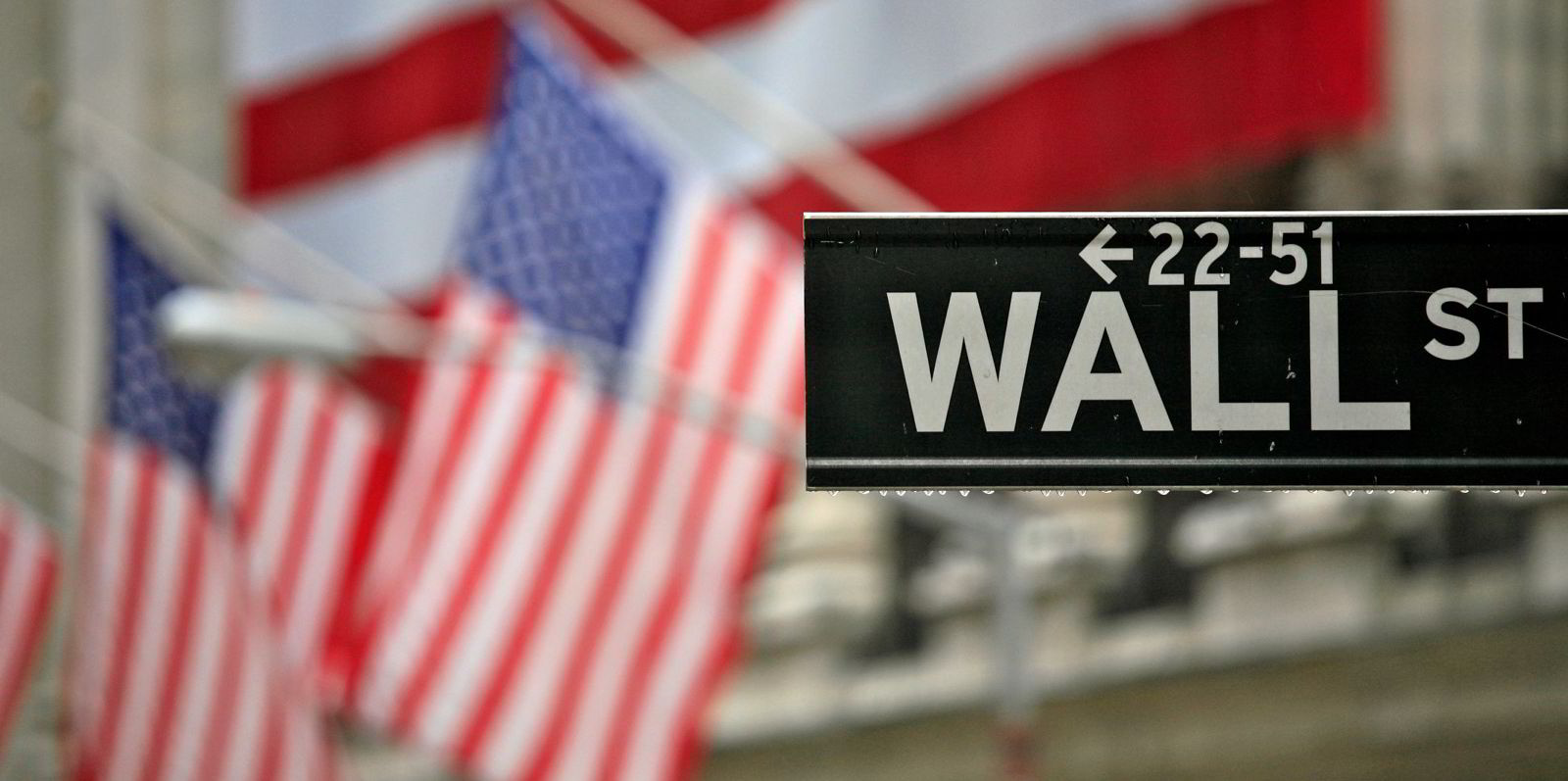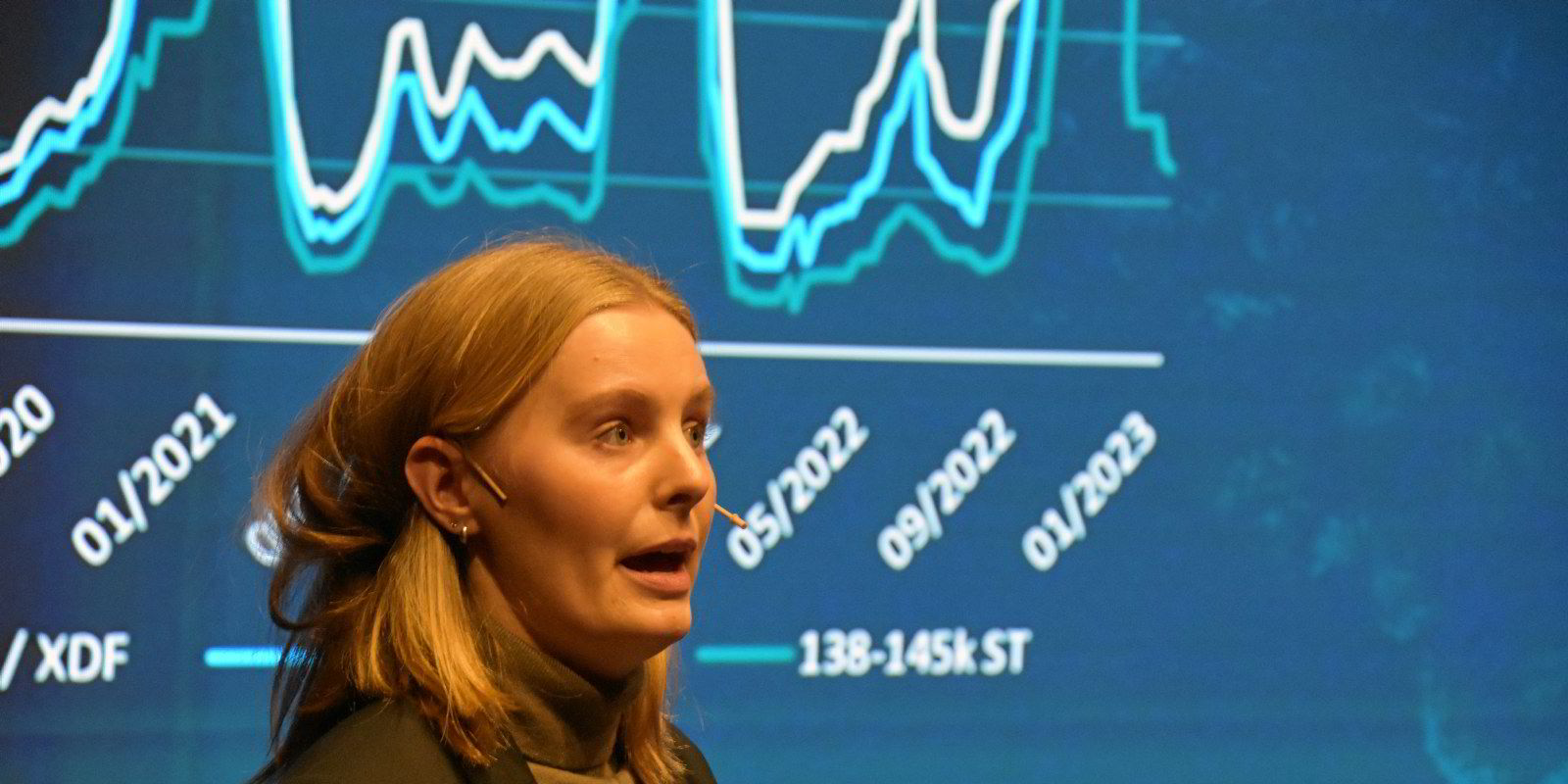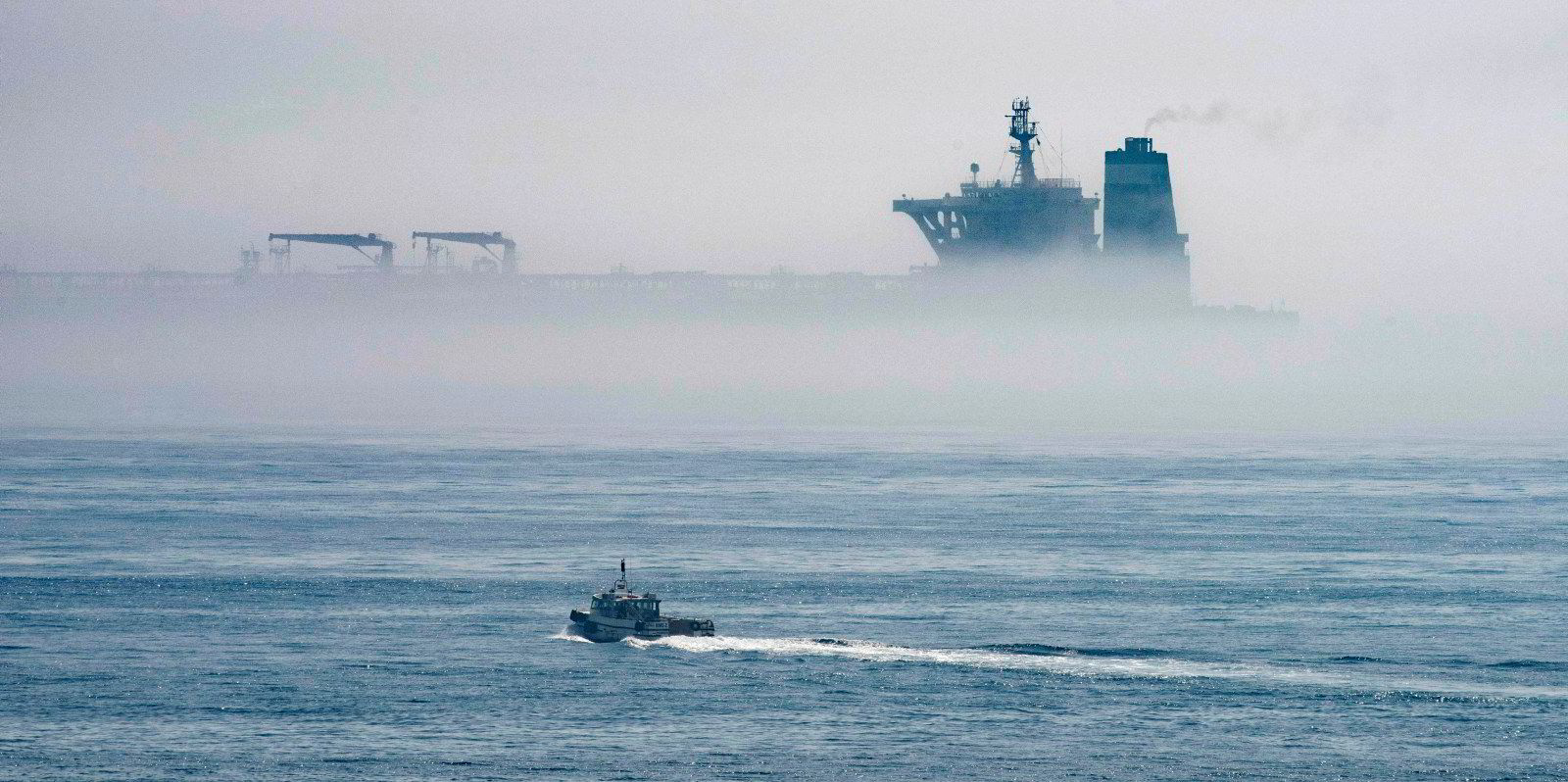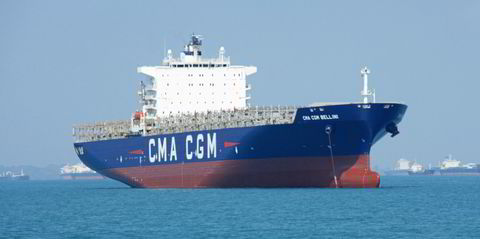This year began on a sour note for the dry bulk market: rates dropped 17.5% on 3 January — the biggest one-day fall in nearly 40 years. Behind that short-term gloom, however, is mounting optimism that the coming 12 months will herald a new dawn for bulkers.
Some experts are predicting a rate surge as soon as the Chinese Lunar Year festivities are wound up.
This positive vibe is based on a variety of factors, not least an upbeat impact from Beijing cutting its commitment to draconian Covid lockdowns.
In China, renewed steel-making activity should boost iron ore shipping, temporarily lighter CO2 emissions targets will increase coal movements and grain shipments from South America are expected to grow because of the war in Ukraine.
There are hopes that the troubled Chinese real estate market will fast come back to life, triggering more construction and therefore steel use.
No one is more bullish on bulkers than Turner Holm, head of research at Clarkson Securities.
“This is the economic cycle that matters. The Chinese dragon is about to be unleashed,” he told a Marine Money conference in London, suggesting demand will increase at a time when bulk shipping capacity is relatively limited.
And the orderbook for new vessels, at 7% of the live fleet, is at its lowest level for more than 30 years, as my colleague Holly Birkett has reported.
The precipitous decline in dry bulk rates on January 3 and a further fall in the Baltic Dry Index after that were false indicators.
The Baltic does not report its rates from two days before Christmas through to the new year, so the 40% slump was reflecting a wider market “catch-up”.

January is always a slow month, and the run-up to Chinese New Year even more so, leaving February as a better time to judge the real health of the market.
Last year was a bad one for China. GDP growth slumped to 3%, its second-lowest level for 40 years and way below Beijing’s earlier expectations.
Pro-growth agenda
The United Nations’ World Economic Situations & Prospects 2023 report now forecasts that Chinese GDP growth will rise to 4.8% this year.
This is at a time when global GDP is expected to decelerate from 3% in 2022 to 1.9% amid continuing inflation and higher interest rates.
The Chinese government is now pushing a pro-growth agenda and there have already been signs of a significant uptick in consumer spending around the New Year holiday.
Meanwhile, Beijing has lifted a two-year-old ban on Australian coal imports, leading to the opening up of this previously important trade.
Despite a heavy plunge in capesize rates during the Chinese New Year week, the share price of bulk operators has continued to rise over the past month.
Genco Shipping & Trading’s shares rose by 12% in the first weeks of January and Star Bulk’s by 10%.
Holm thinks dry bulk stocks are the place to put your money this year, but not everyone is so bullish.
Analysts at Norwegian shipbroker Fearnleys do not expect market improvements until much later this year but are enthusiastic about 2024 and talk about really good opportunities in 2025.
Maritime Strategies International is also gloomy about short-term prospects and expects dry bulk fleet utilisation to be lower this year than last — not least because of a wind-down in port congestion.
Those who like to invest in shipping will be keen to switch out of the previously booming container market, where freight and charter rates have collapsed over the past six months.
That market looks like a “fighter aircraft that has been shot down”, as Drewry executive Tim Power put it so graphically at the same Marine Money conference.
Crude tankers too continue to struggle despite a better 2022, although product and chemical vessels are in line for uplift. Certainly, the new European Union ban on Russian petroleum products from 5 February should boost tonne-miles for product tankers.
But for the moment, all eyes in the dry bulk market are on China, not Russia, and the expectations overall are that the dragon will roar. It’s only a matter of when.






